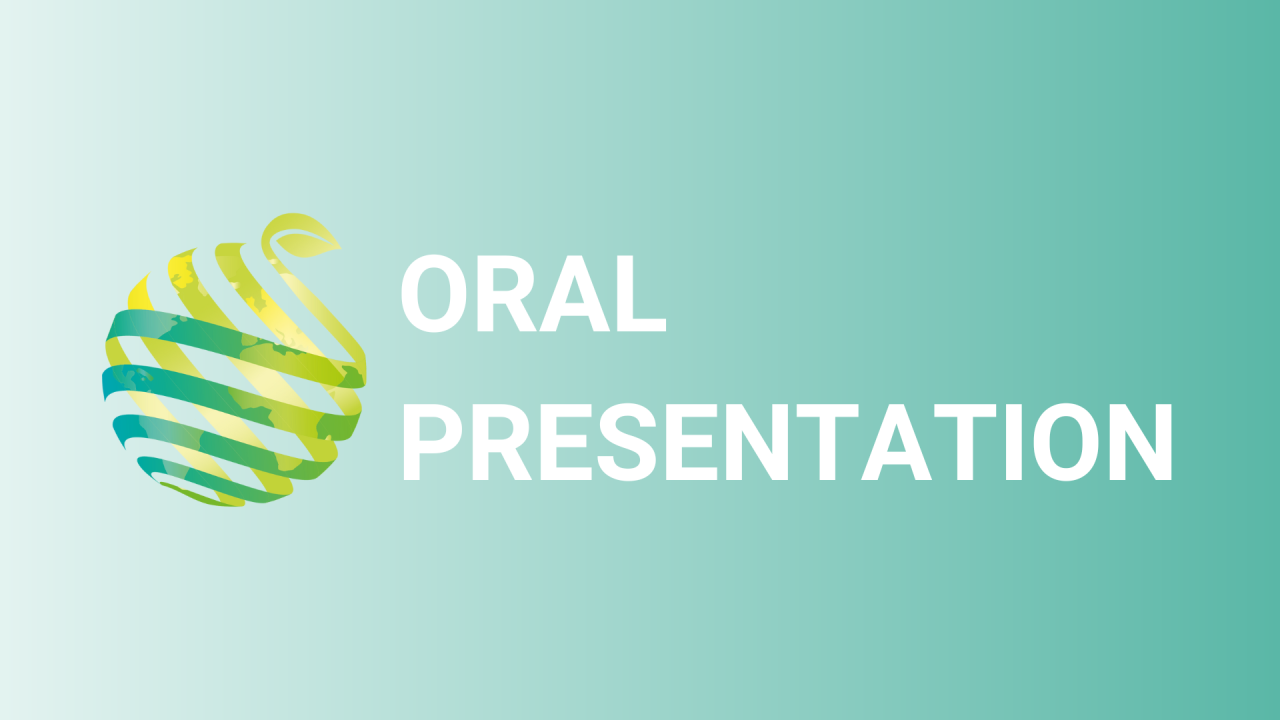

S07 - Session O3 - Impacts of the urban environment on well-watered tree development and tree climatic services
Information
Authors: Sabine Demotes-Mainard *, Sophie Herpin, Agathe Boukouya, Souleymane Mballo, Bénédicte Dubuc, Lydie Ledroit, Camille Lebras, Dominique Lemesle, Pierre-Emmanuel Bournet
Trees in cities can help improve thermal comfort for city dwellers by reducing urban overheating through shading and transpiration, two processes intrinsically linked with tree development and physiology. In cities, trees experience particular microclimatic conditions, including sudden and extreme changes in radiation and high temperatures. Yet, most of the knowledge on tree functioning was acquired in the natural environment. To better assess the level of climatic services that can be expected, it is thus important to understand how the urban environment affects tree development and ecophysiology. Our objective was to study how the urban microclimate of a canyon street impacts the development and ecophysiology of trees, and to link their responses to their cooling services. The study was carried out in Angers, France, using an original outdoor facility with a row of ornamental apple trees growing inside a 1/5th scale canyon street, a row of the same trees (variety, age), benefiting from a rural-like atmospheric environment outside the street and a non-vegetated street area. All trees were well-watered and grown inside individual pits. Street trees were more vigorous than those in rural environment: their axes were longer and they developed a 55% higher leaf area in July, which resulted in higher light interception. The trees were able to improve by 8°C the thermal comfort index score at midday in the street, lowering the stress category from high to moderate. Traits of tree physiology and the proportion of the benefits due to shading and transpiration were also analyzed. Results evidence the need to consider the effects of the urban microclimate on tree architecture and ecophysiology to assess their potential services. In the next stage, the effects of water stress, frequent in cities, and the interaction with the genotype will be studied, to help stakeholders choose the most suitable species.